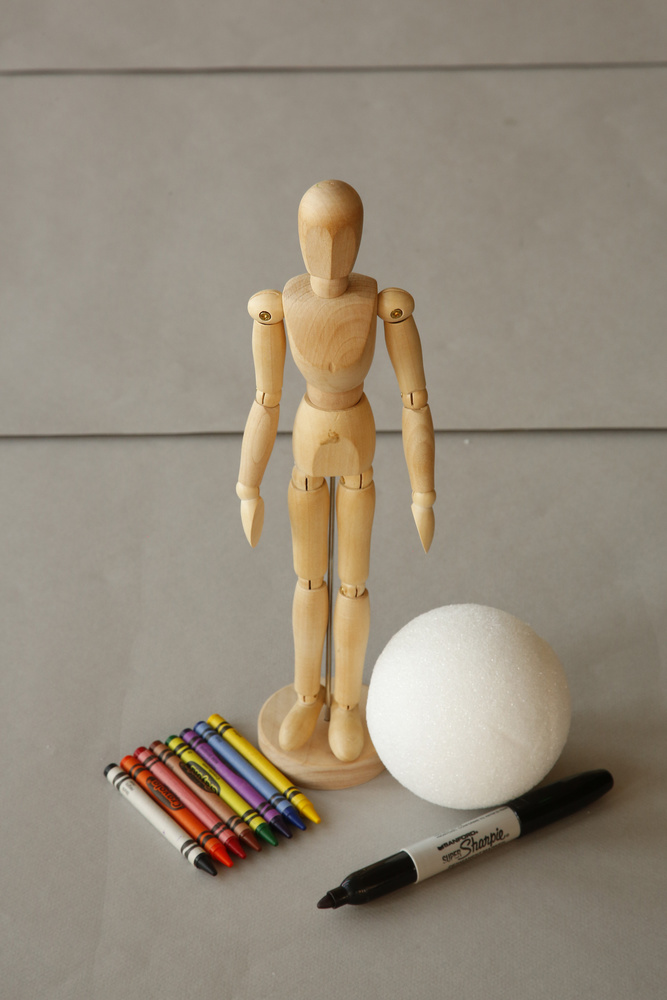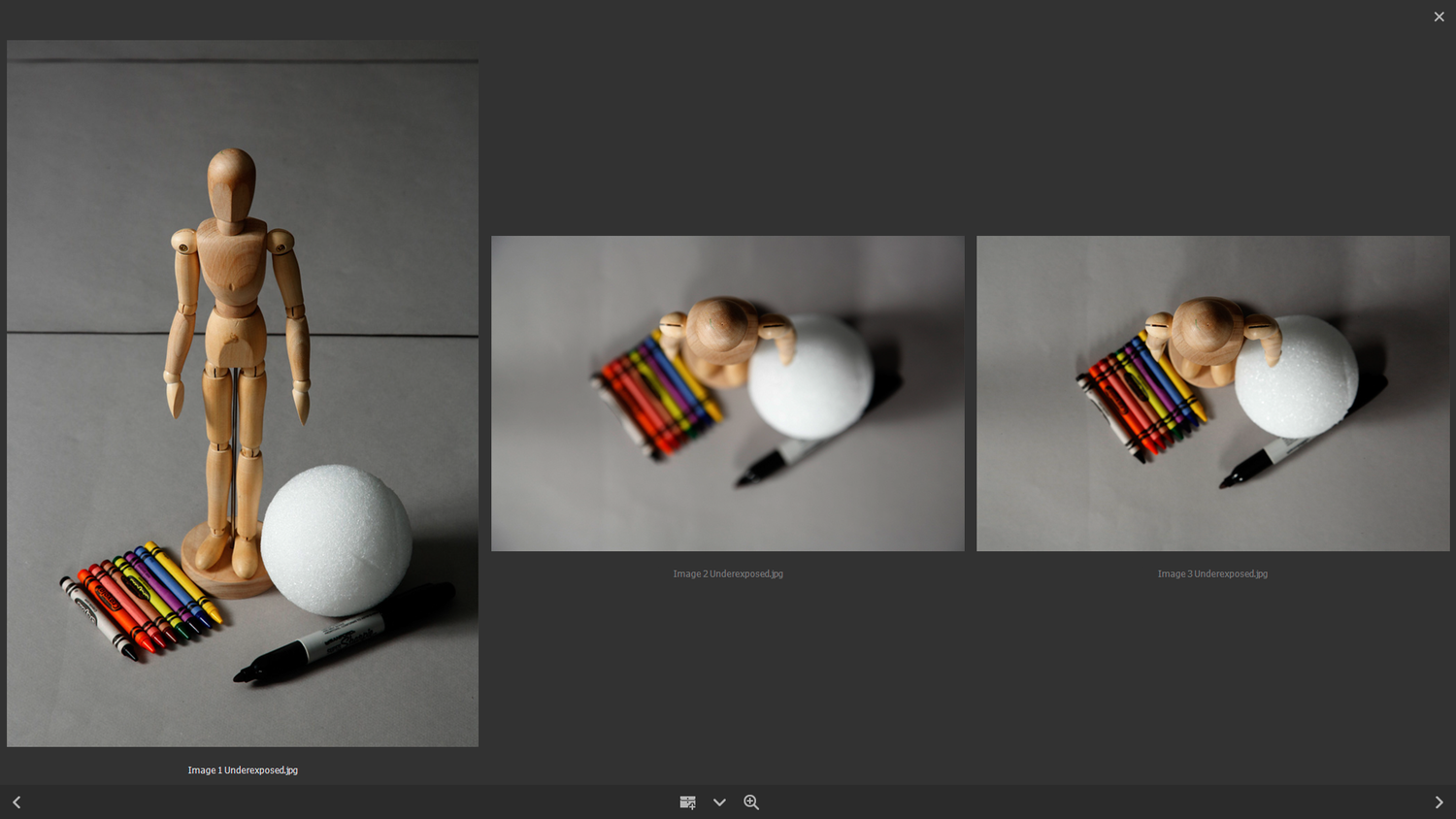Professional Photographers of America has recently made some pretty heavy changes in the image submission portion of its certification process for its Certified Professional Photographer credential. But many are asking, are these changes for the better?
The Professional Photographers of America (referred to here as PPA) has a 150-years-long history of educating and protecting photographers. The non-profit boasts 30,000 members in 50+ countries, and membership comes with many perks, like discount programs, educational opportunities, and insurance coverages to protect against things like data loss and equipment problems. One of the main reasons many photographers join PPA is so that they can work toward and achieve accreditation as a Certified Professional Photographer, or CPP.
A History of Professionalism
The CPP certification process was initiated in 1977 to address the needs of photographers in order to set them apart as proven, studied, credentialed professionals. There are three main steps to the process: you must announce your candidacy, pass a rigorous, technically-leaning written exam (things like color theory and advanced lighting technique are covered), and submit images for critique. In recent years, the image submission part of the test consisted of the submission of a small, complex professional portfolio demonstrating techniques like short light, broad light, selective focus, and rule-of-thirds, among others. While there have been changes to this submission process over the years, most of the images submitted were supposed to be client images taken within months of the submission date.
Big Changes and Big Reactions
A major change was made this year in the CPP image submission guidelines, and it has the photography world abuzz. Starting in 2019, a candidate must purchase and photograph a Technical Image Evaluation Kit for the image submission portion of the test. This kit consists of a small wooden mannequin, a white foam ball, a black permanent marker, sheets of gray cardstock, and some crayons.

A example of an acceptable image taken in natural light.
Image used with permission from Professional Photographers of America.
Upon first look at these items, one has to wonder what in the world they were thinking when they went from accepting images of real life clients, to images of these seemingly unrelated, random materials. But the thinking behind it isn’t completely off-point. According to information found on the PPA website, the new Technical Image Evaluation launched January 1, 2019. To quote a recent article by Julia Boyd, PPA Certification Director, from the June issue of Professional Photographer Magazine, “The catalyst for these recent changes is the American Society of Association Executives’ definition of credentialing: 'a process whereby individuals who meet an objective standard of competency receive recognition by designation and/or certificate.’” Simply put, in order to ensure objectivity, and remove the subjectivity of the old process, everyone must submit the same three images of the same subjects. This removes all emotional and artistic interpretation that might influence a judge’s decision making on a particular image. Now, a judge with a penchant for puppies won’t be inclined to give an image of a cute little Corgi a higher score just because of the subject matter. Now, an image of a child in the streets of a battle-worn city won’t pull at the heart-strings of a judge who just lost a nephew to war. Now, all things are equal.

A Sample with Electronic Flash, in which the photographer is asked to use specific settings to show Minimum Depth of Field.
Image used with permission from Professional Photographers of America.
But are they credible, reliable, and demonstrative of a photographer’s professional abilities? “I think the new way has its merits,” says my local PPA Liaison Ralph Duke, CPP, “but the old way showed the true ability of the photographer in his or her work.” Duke says that when he received his CPP credential, he had to submit many more images that had to be technically correct in many different aspects, and he wonders if this new process will reduce the exclusivity that comes from having the CPP certification. After all, only a small percentage of today’s professional photographers are actually certified by the PPA. Will this change in submission guidelines cause a surge in photographer certifications?
Professional Aspect Called to Question
And what about “professionalism” in the Certified Professional Photographer credential. This is the question being discussed on photography forums and social media groups across the internet. The backlash that has ensued has mainly consisted of the notion that anyone can do this. In the past, your submissions, at least in part, had to be professional client work from the recent past. No longer do you have to prove that you are a professional, professionally photographing subjects that you have been hired to photograph, in order to receive the title Certified Professional Photographer. No longer are potential candidates required to submit work that they have created for actual clients. One photographer, who goes by the pseudonym Missy MWAC, argues that removing the professional photo submissions for a “professional” credential just doesn’t make sense. “It’s like calling someone a professional tennis player who never played tennis professionally,” she says in a recent editorial for PetaPixel. And many agree with her. There has been so much buzz and backlash about the changes across the internet, that the PPA has chosen to offer explanation, such as in the aforementioned article by Julia Boyd, as well this recent article by PPA President Audrey Wancket.
Some Technical Merit Challenges Remain
It is a tricky situation. Having delved into the actual details of the guidelines for creating the three images that one needs to submit, I can see that it is not as simple as just setting up a wooden doll and snapping a photo. The guidelines for photographing these items are pretty specific, and you kind of have to know what you’re doing in order to follow them. The items chosen all have specific reasons behind their selection. For example, the white foam ball is textured, so as to show your ability to not blow out the details on a white object. All submissions are made in raw format, so there won’t be any chance to fix mistakes in post processing before submission.

A sample set of underexposed images.
Image used with permission from Professional Photographers of America.
You’ll have to get it all correct in the camera. It seems to me the very least of the knowledge you will need in order to shoot a natural light scenario is the ability to set a custom white balance. I’d be willing to bet that there are a huge amount of professional, income-producing, natural light photographers out there who will be hitting up Fstoppers to find out how to set a custom white balance when they get to the submission portion of this certification.
My own opinion, for what it’s worth, is that the guidelines might have been changed to include an actual person, rather than a 12” wood mannequin. I totally get and completely appreciate the need for objectivity in evaluating the images submitted for certification. However, I think it would have been beneficial to retain the demonstration of many different techniques, rather than rely on the written, multiple choice test to demonstrate this knowledge. As for the professional component that is lost, anyone can pass off images as client images. Why not require a submission of some form of tax statement, if the concern is truly one of whether or not the photographer is a charging, income-producing professional? Or how about references from real clients, along with images from their sessions? I do understand the need to retain objectivity along with professionalism when it comes to an accreditation of this sort. I just think there are several ways to do it, and I’m not sure that a little wooden man is the best tool for demonstration of the skills that make one worthy the title Certified Professional Photographer.
Have you begun your certification and image submission with these new image evaluation guidelines? Tell us about your experience in the comments.
Images used with permission of Professional Photographers of America







What benefit is there to "certified professional photographer?" Or is this just an old institution hoping to grab their last bit of money before they go the way of newspapers?
I remember in the 90’s it was still relevant, but back then you couldn’t see a photographers work until you were already inside their studio, listening to their pitch. So, putting Certified Pro on your yellow pages ad probably did make a difference in the number of requests to meet in person. Nowadays, I can’t really see the draw when you can see everyone’s work before ever contacting them, and good work wins. Or so my theory goes.
Quite a lot of benefit! Here, let me list the clients that I showed my PPA certification to in order to land a gig:
Yep, me too. That's why I am not going to renew my CPP.
Oh yea. Let me tell you. I have had literally bagillions of clients ask me if I was a "certified professional photographer."
Why just the other day I was hanging out with my pal Elon Musk and we was talkin, he is gonna send me to mars because of my certification.
I cant tell you how many clients I lost before getting certified, cause I wasnt a photographer yet. But boy oh boy now I am certifiably better than anyone who is not certified.
Getting certified was the best decision I ever made, instantly my photographs were world class. I even made up a hat that says "I am a certified professional photographer," I get compliments on it all the time.
This statement is certifiably certifiable to be an accurate representation of the thoughts of this certified photographer on certifications.
Certified.
Non-profit? That's a hard no when they make close to 11 MILLION a year with memberships. Worthy of the CPP title? LOL! PPA might have had value once upon a time in the 90's, but getting certified there, much like their judging contests, are just an ego boost that means absolutely nothing in the real world. That title means absolutely nothing. If you're working in this industry no client is going to ask you to whip out your PPA 'card' to prove you can do the job. It's just a cash grab from a dying breed.
Sooooo... does this mean they're now the GWCs of America or the GWCA for short?
'I iz a perfeshinul and have a qualllifercation'
Do people really pay out for bullsh*t qualification like this?
a fool and their money...
Funny, I always thought that my images were supposed to elicit an emotional response from the viewer. Ad readers, news readers, sports fans, etc don't look at images with an eye for anything other than "it's cool, amazing, ugly, stupid, weird, beautiful, blurry, you get the point. A shooter's ability to capture a scene, a nano second in time and have it tell a story, grab an "attaboy" or send a tear rolling down a cheek is more of a professional thing than shooting a silly prop scene while watching a You Tube Video on how to do it. I came up from the old school, started i the early 60s, (you remember film) and I understand the science and why and how things happen when you make a picture. For that reason I am the first one to embrace most of the new technology. With it, I concentrate getting the image, without having to divide my attention on the cam settings. Try a run-and-gun sports job (in the dark and in the rain) with a Crown Speed Graphic and then with the Nikon 750 (or whatever). I made some bad exposures and I made some that were pretty damn good. Most were technically correct, and some of my best were not. But I got paid and by that definition I was (am) a professional. Take your stick man and....well you know.
I am a CPP. I earned the certification in 2016 previous to the new standardization. Much like a trade that requires a level of competence, that is how the Certified Professional Photographer certification is. It’s a technical certification and has never been anything else. It teaches the photographer to pay attention and to stop ignoring parts of an image. Creating an image with a specific goal in mind that achieves a very specific set of results. The previous CPP submission images were still not as technical an aptitude test as they could be. The reason the change was made is so discernible elements could be seen by each on the judging panel without issues with clothing choice or expressions influencing their critique and outcome as to whether the portfolio passed. Now this new certification makes applicants learn, I believe, a much smaller sub set of expectations in an image. It is worth noting that a photographer who doesn’t understand posing, color theory, and expression will still flounder in their own imagery, but that’s why there are other ways to gain critique from informed judging panels, and this divergence is another tool for photographers to become better at evaluating and critique of their own work. For those that have an issue with the semantics of the name of CPP, and have never gone through the process I ask, “What is the value in you becoming an artist? Is it in the namesake or the journey itself?” The CPP is a standard, no more and no less, that identifies if someone can create a consistent and repeatable image. Most of us fail if we have to fit in a box (much like a commercial photographer would have to follow a brief), but PPA is setting a standard where no one else is. Where the expectations is can you recreate an image. If it’s not the same can you understand and change the correct component to illicit the correct change in the image. The CPP certification won’t get you a client, but it will help you meet that client’s needs faster and with less issues and more competence just like a professional should be able to do.
As an amateur with no aspirations to be a professional, now I'm curious to get the kit and see what all images are required just for the learning experience.
I remember receiving my first PPA magazine in the mail and the disappointment that followed.
There was so little creativity. All of the photo sessions had the same flat "shot at a mall photo studio" look. The most creative thing I saw was probably poor application of negative clarity to give the photo an "airy" quality. Everyone posed looked so stiff. The methodologies felt stuck in the 90's.
The "experts" were older and hardly resembled my peers. The day I received the magazine was the day I cancelled my membership and ceased thinking CPPA was a mark of dependability or quality.
This information is really interesting. I take a lot of pictures, and I've never noticed that class of things. As https://www.rushmyessay.com/ said With the new technology, it is very easy to take original and beautiful pictures.
Landscape?
Madoc Thomas